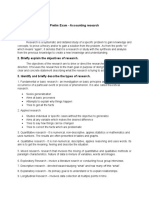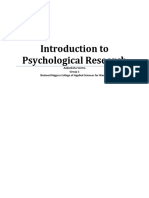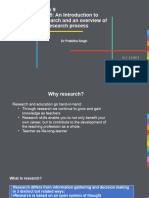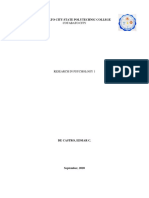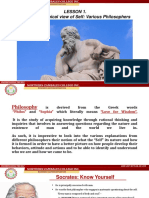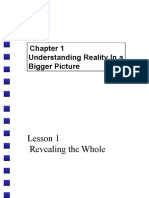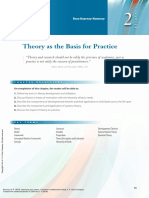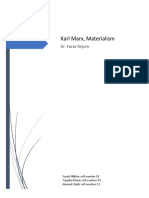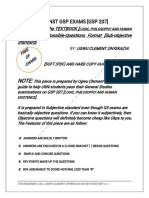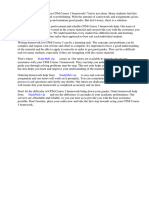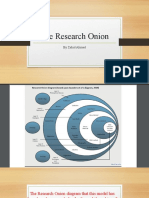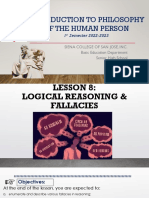0% found this document useful (0 votes)
16 views18 pagesRM Imp-Gaurav
The document outlines the differences between constructs and concepts in research, explaining that constructs are specific, measurable variables while concepts are broader ideas that can encompass multiple constructs. It details the systematic research process, including steps such as identifying the problem, evaluating literature, creating hypotheses, and data collection and analysis. Additionally, it discusses various research methods, types of studies (longitudinal, panel, cross-sectional), and scales of measurement (nominal, ordinal, interval, ratio), along with sampling methods.
Uploaded by
soloptentCopyright
© © All Rights Reserved
We take content rights seriously. If you suspect this is your content, claim it here.
Available Formats
Download as PDF, TXT or read online on Scribd
0% found this document useful (0 votes)
16 views18 pagesRM Imp-Gaurav
The document outlines the differences between constructs and concepts in research, explaining that constructs are specific, measurable variables while concepts are broader ideas that can encompass multiple constructs. It details the systematic research process, including steps such as identifying the problem, evaluating literature, creating hypotheses, and data collection and analysis. Additionally, it discusses various research methods, types of studies (longitudinal, panel, cross-sectional), and scales of measurement (nominal, ordinal, interval, ratio), along with sampling methods.
Uploaded by
soloptentCopyright
© © All Rights Reserved
We take content rights seriously. If you suspect this is your content, claim it here.
Available Formats
Download as PDF, TXT or read online on Scribd
/ 18


















